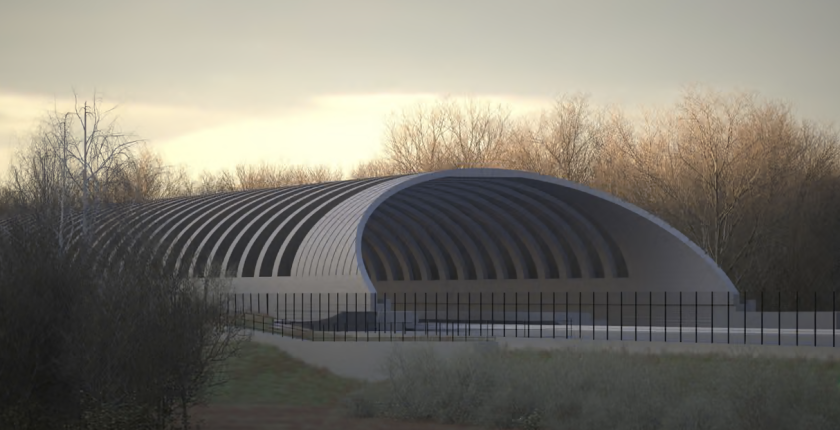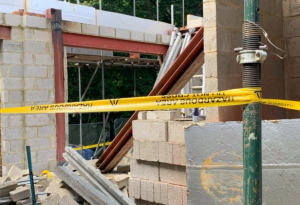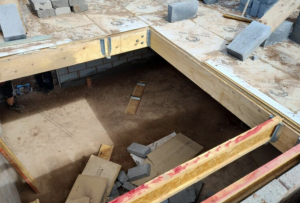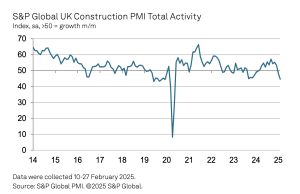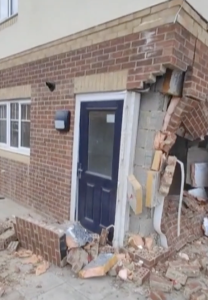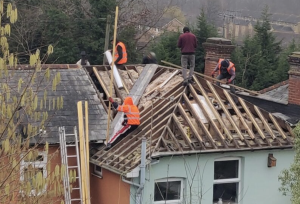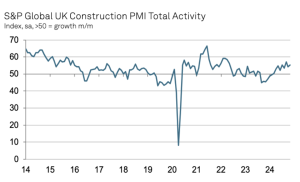HS2 Bat shed cost exceeds £100 million
This post has already been read 1792 times!
The cost of a protective “bat shed” to safeguard a bat species along the HS2 high-speed rail line has surged to over £100 million, according to HS2 chair Sir Jon Thompson.
The 1-kilometer mesh structure is designed to protect a colony of Bechstein’s bats, where the London-Birmingham route exits a tunnel in Buckinghamshire. Thompson described the structure as a “blot on the landscape,” mandated by Natural England despite “no evidence” that the bats were at risk from the trains.
At an industry conference, Thompson explained that the high costs associated with HS2 construction are largely due to legal requirements, demands from various regulatory bodies, and governmental indecision. He noted that over 8,000 permits were required for the project, significantly affecting the budget.
At an industry conference, Sir Jon Thompson addressed the substantial costs involved in building HS2, attributing the budget to legal constraints, conflicting agency demands, and government indecision. He noted that more than 8,000 permits are required along the route.
As an example, Thompson pointed to the Sheephouse Wood bat protection structure, which he referred to as “a shed.”
Speaking at the Rail Industry Association conference in London, Thompson said, “To build a railway from Euston to Curzon Street in Birmingham, I need 8,276 approvals from various public bodies, including planning, transport, the Environment Agency, and Natural England. These agencies aren’t concerned with whether parliament approved the railway or not.”
Thompson cited the “bat shed” as his favorite example of the issues involved. He explained that the Bechstein’s bat, while protected under the UK’s Wildlife Act of 1981, is not endangered elsewhere and is “generally quite common across much of northern and western Europe.” Despite their abundance, the species is still considered protected in the UK.
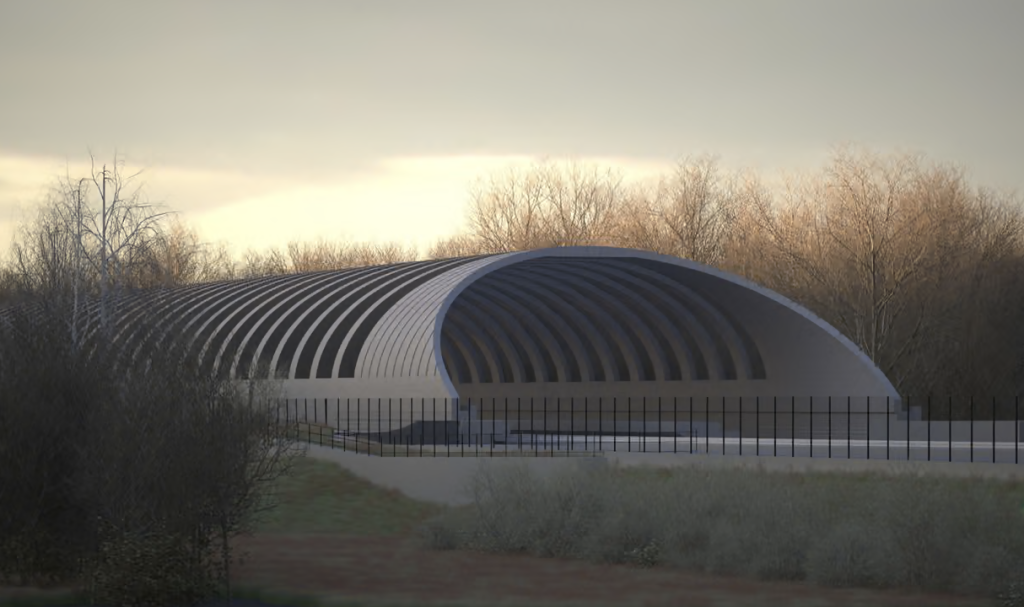
Thompson noted, “There’s no evidence, by the way, that high-speed trains affect bats, but let’s set that aside.”
He explained that HS2 was required to secure a license from Natural England, which approved the bat mitigation structure, before then seeking planning permission from Buckinghamshire County Council.
“So when we go to [the] council and say: ‘Would you like to give us planning permission for this blot on the landscape that costs £100m’, of course, the answer to that is, you’ve got to be joking, right? Why would they like this eyesore?
“So now I’ve got two different bodies. One says I have to do it. The other one says: ‘No chance’. So what do you do? I reach for the lawyers and the environmental specialists and hydrologists and so on and so forth. It stretches out the time. I spend hundreds of thousands of pounds trying to do something, and then in the end, I win the planning commission by going over the county council’s head.”
HS2 chair Sir Jon Thompson has revealed that the cost of a “bat shed” built to protect a bat species along the HS2 rail line has exceeded £100 million.
The 1-kilometer mesh structure is intended to safeguard a colony of Bechstein’s bats near the tunnel exit along the London-Birmingham route in Buckinghamshire. Thompson criticized the structure as a “blot on the landscape” and stated it was required by Natural England, despite “no evidence” that the bats were in danger from the trains.
Speaking at an industry conference, Thompson highlighted that HS2’s escalating costs are partly driven by legal obligations, conflicting agency requirements, and government indecision. He also pointed out that the project required over 8,000 permits, adding significantly to the overall budget.
image sources
- Sheephouse Wood bat protection structure, which will allow bats to cross above the railway photograph: HS2/PA: Hs2

